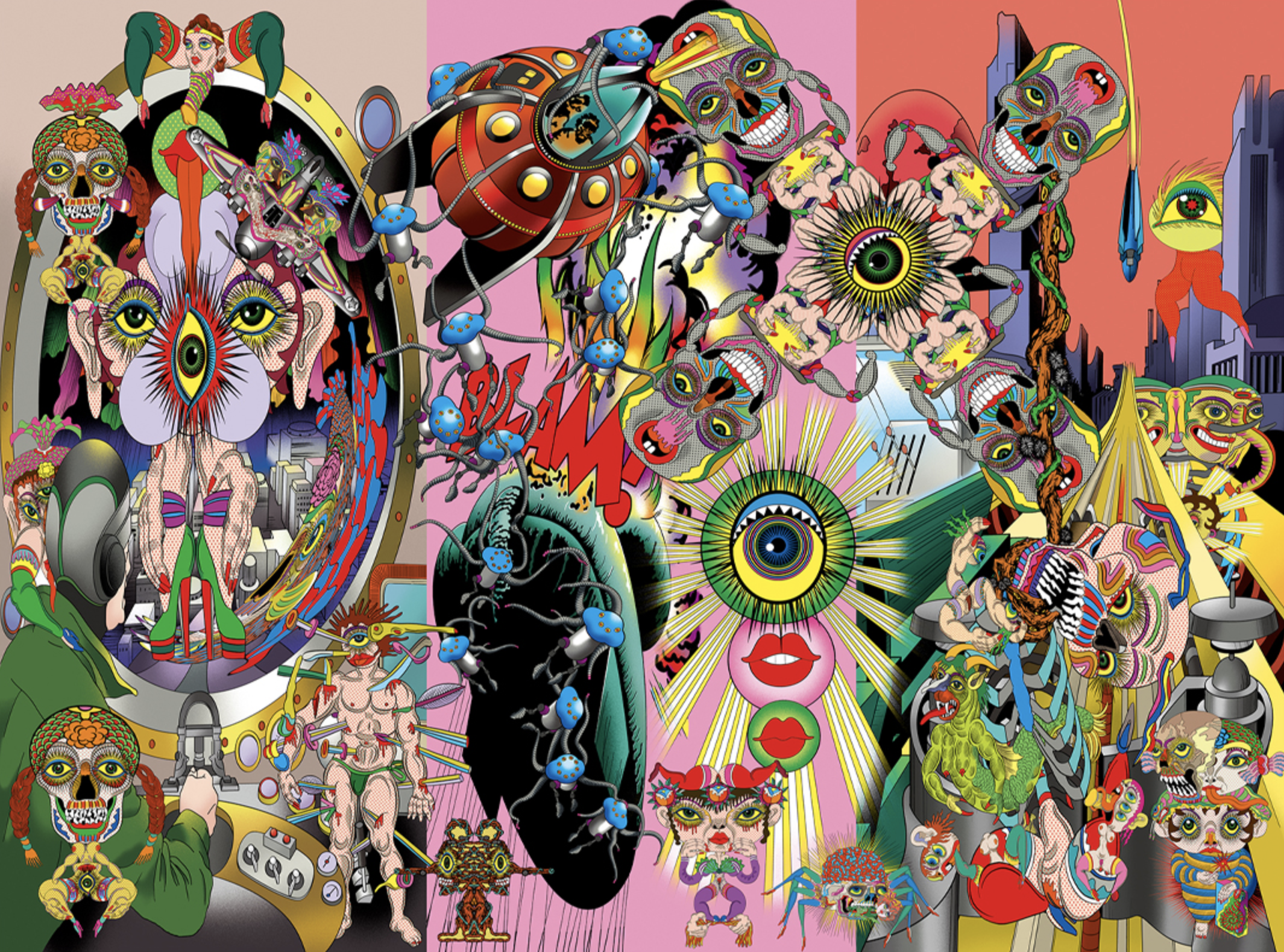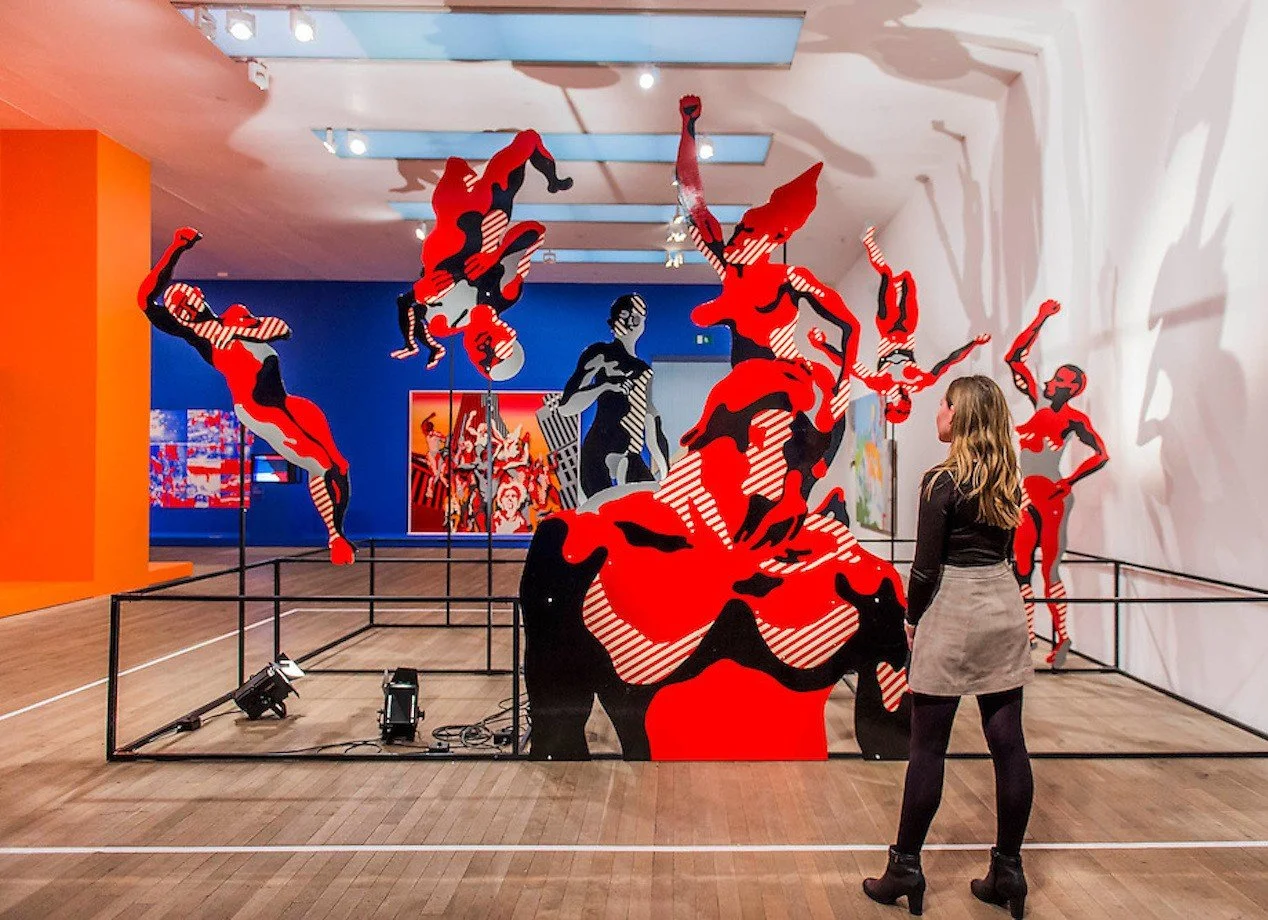Japanese artist Keiichi Tanaami's surreal, dreamlike drawings have captivated audiences around the world. His intricate line work and muted pastel palette combine with traditional motifs and symbols to create a unique blend of old and new. Tanaami's deep appreciation for the power of the imagination is evident in his art, which serves as a celebration of the boundless possibilities of the mind. If you haven't experienced the magic of Tanaami's work yet, be sure to check it out - you won't be disappointed.
Read MoreBlog
In this post, I want to share some counter-intuitive ways that a curator can take advantage of an artist's potential, from an artist's perspective. From empathizing with the artist's creative process and respecting their vision, to fostering a sense of collaboration and supporting their career development, there are many ways that a curator can make the most of an artist's potential. By working together and listening to each other, we can create something truly special and impactful."
If you're an art lover looking to explore the vibrant contemporary art scenes in Asia, then you're in luck! From Tokyo's NANZUKA UNDERGROUND to Jakarta's Ark Galerie, the continent is home to a plethora of exciting galleries that showcase the works of both established and emerging artists. Check out our list of five must-see contemporary art galleries in Asia to add to your travel itinerary.



Pop art was a movement that shook up the art world in the 1950s and 60s, incorporating elements of popular culture such as advertising, comic books, and everyday objects. One of the defining features of pop art was the use of humor, often through irony or satire. This use of humor served several purposes, including subverting the authority of the art world and engaging with wider cultural themes. Artists like Andy Warhol, Roy Lichtenstein, and Richard Hamilton used humor to challenge the traditional hierarchies of the art world and comment on materialism and mass media. Additionally, the use of humor in pop art helped to democratize the art world by bringing art to a wider audience through the use of popular culture elements. The use of humor was an integral part of the pop art movement, and continues to be an important aspect of the art world today.